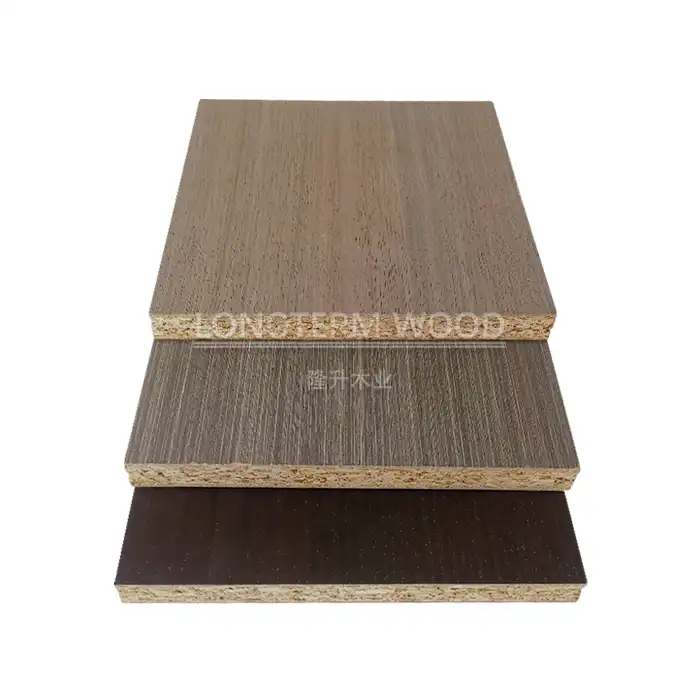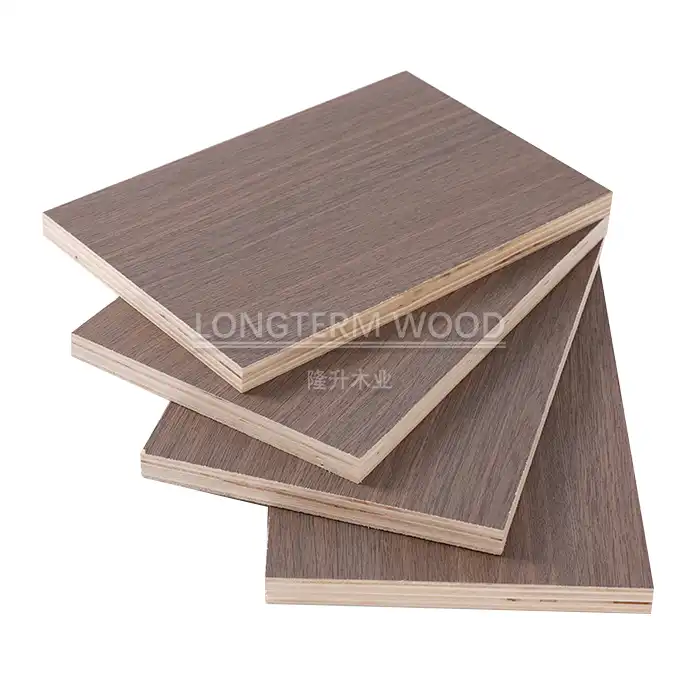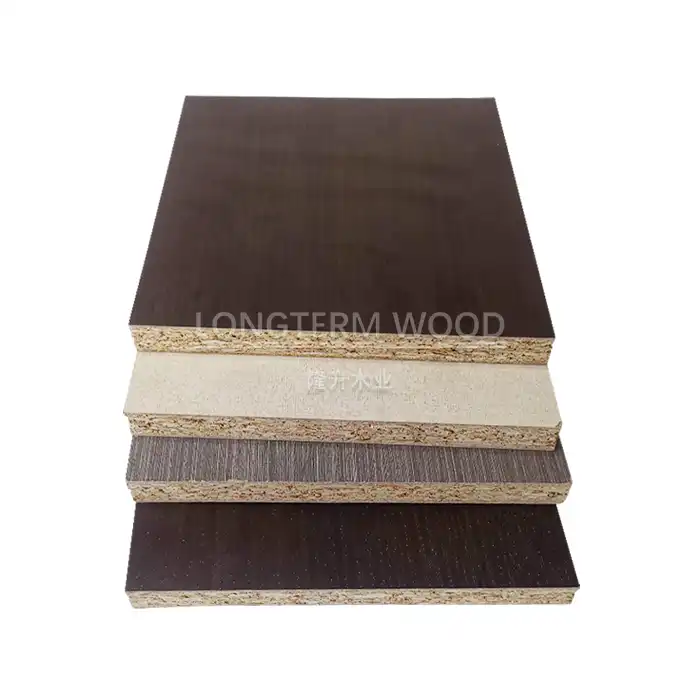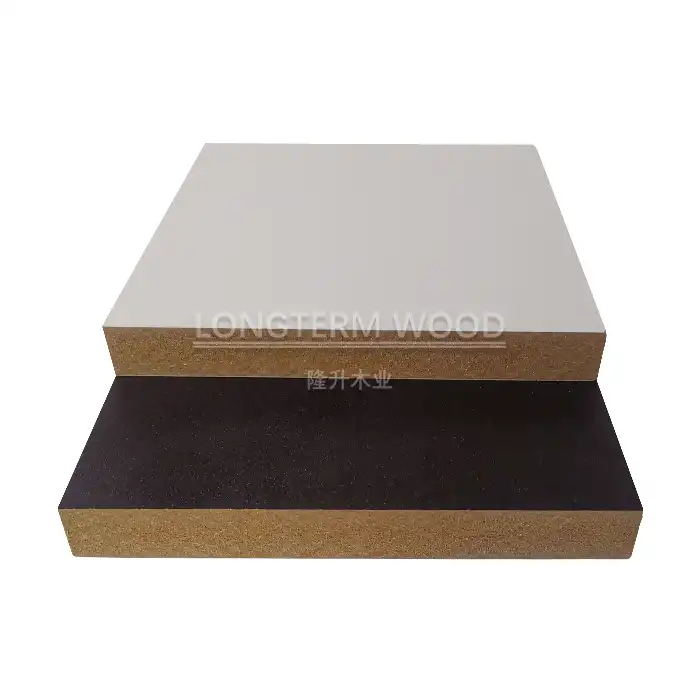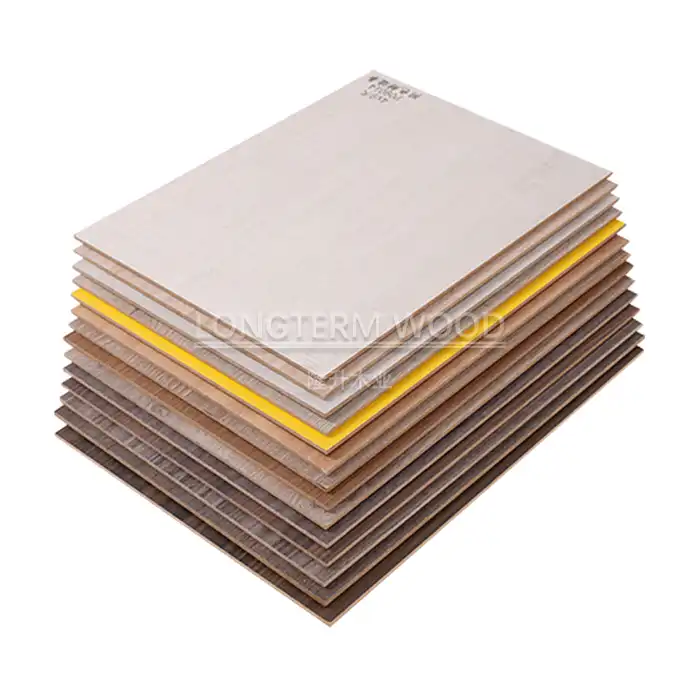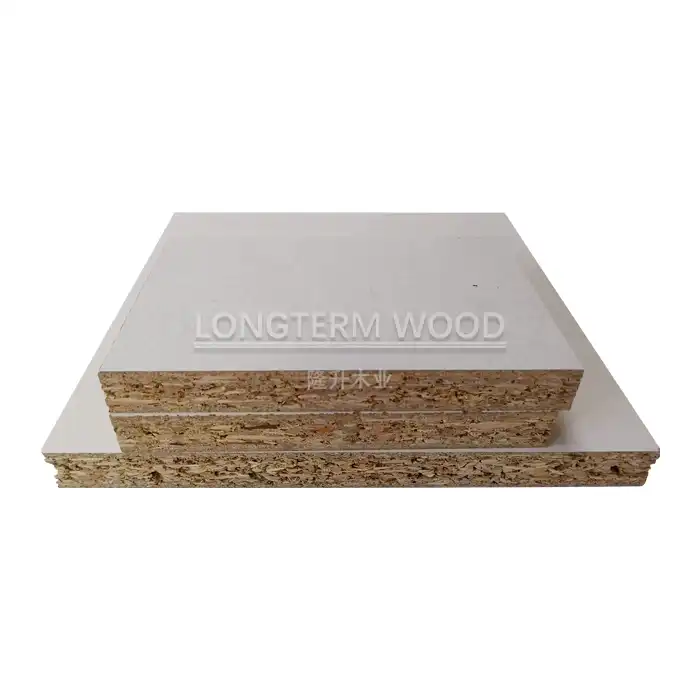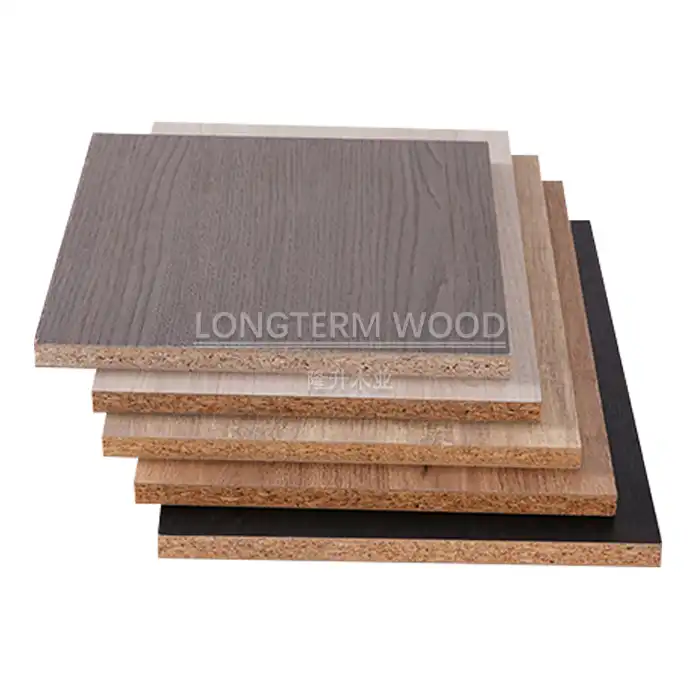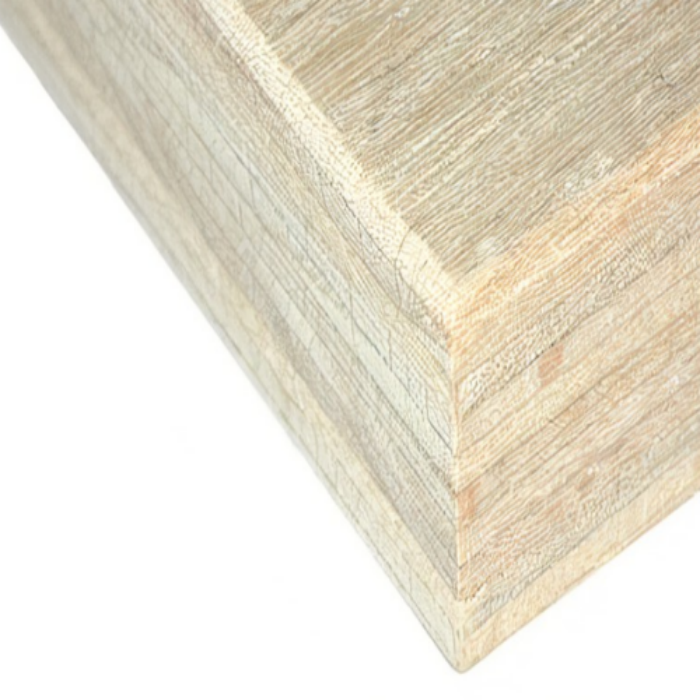
What Are the Top Applications for Construction Film Faced Plywood in Marine Projects?
2025-06-30
Marine construction projects demand materials that can withstand the harshest environmental conditions, including constant moisture exposure, saltwater corrosion, and extreme weather patterns. Construction film faced plywood has emerged as a critical component in marine engineering, offering exceptional durability and versatility for various offshore and waterfront construction applications. This specialized building material combines the structural integrity of high-quality plywood with a protective phenolic film coating, creating a robust solution that meets the stringent requirements of marine environments. Understanding the top applications for construction film faced plywood in marine projects is essential for engineers, contractors, and project managers who seek reliable, cost-effective materials that can deliver superior performance in challenging aquatic conditions while maintaining structural integrity throughout extended exposure periods.
Marine Concrete Formwork Systems
Seawall and Breakwater Construction Applications
Construction film faced plywood plays a pivotal role in seawall and breakwater construction, where formwork systems must withstand constant wave action and saltwater exposure. The phenolic film coating provides exceptional resistance to moisture penetration, ensuring that the plywood maintains its structural integrity even when subjected to prolonged contact with seawater. Marine engineers frequently specify construction film faced plywood with WBP (Weather and Boil Proof) adhesive for these applications, as it offers superior bonding strength that resists delamination under extreme conditions. The smooth surface finish of the film coating facilitates easy concrete release and produces high-quality surface textures on finished concrete structures, reducing the need for additional finishing work. When considering what are the top applications for construction film faced plywood in marine projects, seawall construction represents one of the most demanding yet essential uses, where the material's durability directly impacts the longevity of coastal protection infrastructure. The technical specifications of construction film faced plywood used in seawall applications typically include thicknesses ranging from 18mm to 25mm, with core materials comprising carefully selected hardwood or softwood veneers. The phenolic film surface, available in brown or black options, provides uniform concrete finishes that meet marine engineering standards. Projects utilizing construction film faced plywood for seawall formwork benefit from the material's high reusability factor, with quality panels capable of withstanding 20-30 concrete pours when properly maintained. This reusability significantly reduces project costs and environmental impact, making it an economically viable choice for large-scale marine infrastructure projects. The standard size of 1220x2440mm accommodates most formwork designs, while custom dimensions can be manufactured to meet specific project requirements.
Pier and Dock Foundation Systems
Pier and dock construction represents another critical application where construction film faced plywood demonstrates exceptional performance in marine environments. The material's resistance to moisture absorption prevents swelling and warping that could compromise formwork accuracy, ensuring precise concrete placement for foundation elements that must support substantial loads in challenging conditions. The phenolic film coating creates a barrier against saltwater intrusion, protecting the wood core from degradation while maintaining dimensional stability throughout the construction process. Marine contractors appreciate the material's ability to produce smooth concrete finishes on pier surfaces, reducing maintenance requirements and enhancing the aesthetic appeal of waterfront structures. When evaluating what are the top applications for construction film faced plywood in marine projects, pier construction stands out as an area where material performance directly affects structural safety and longevity. The density specifications of 600-700 kg/m³ for construction film faced plywood used in pier applications provide optimal strength-to-weight ratios, facilitating handling and installation while ensuring adequate load-bearing capacity. The moisture content range of 8-14% maintains stability in marine environments, preventing excessive movement that could affect concrete quality. Quality control measures implemented by manufacturers like Linyi Longterm Wood Industry Co., Ltd. ensure that each panel meets stringent performance standards through comprehensive inspection processes. The hot press technology employed in manufacturing creates strong bonds between veneer layers and film surfaces, resulting in panels that maintain their integrity under the hydraulic pressures encountered during concrete placement. These technical advantages make construction film faced plywood an indispensable component in modern pier construction methodologies.
Underwater Structure Formwork
Underwater construction projects present unique challenges that require specialized formwork solutions, and construction film faced plywood excels in these demanding applications. The material's superior water resistance properties enable its use in cofferdam construction, underwater concrete placement, and submerged foundation work where conventional materials would quickly deteriorate. The phenolic film coating provides an impermeable barrier that prevents water infiltration into the wood core, maintaining structural integrity even during extended submersion periods. Marine engineers rely on construction film faced plywood for creating complex formwork geometries required in underwater structures, where precision and reliability are paramount. Understanding what are the top applications for construction film faced plywood in marine projects must include recognition of its critical role in underwater construction, where material failure could result in project delays and safety hazards. Advanced manufacturing techniques ensure that construction film faced plywood used in underwater applications meets or exceeds E0 and E1 formaldehyde emission standards, addressing environmental concerns while maintaining performance characteristics. The strong and stable engineering of these panels enables them to maintain shape under extreme pressure conditions encountered in underwater environments, ensuring accurate formwork dimensions throughout the concrete placement process. The eco-friendly adhesive systems used in production, combined with FSC certification options, align with environmental regulations governing marine construction projects. Professional installation teams value the material's predictable performance characteristics, which enable precise scheduling and resource allocation for complex underwater construction sequences. The multiple-use capability of construction film faced plywood reduces waste generation and project costs, making it an economically and environmentally responsible choice for underwater applications.
Offshore Platform Construction
Oil Rig Deck Formwork Systems
Offshore oil and gas platforms require formwork materials that can withstand the most severe marine conditions, including hurricane-force winds, massive wave impacts, and constant saltwater exposure. Construction film faced plywood serves as a fundamental component in deck formwork systems for these structures, where material reliability directly impacts worker safety and operational integrity. The phenolic film coating provides exceptional protection against corrosive saltwater environments, while the WBP adhesive system ensures that panel joints remain secure under extreme loading conditions. Marine construction professionals recognize that when considering what are the top applications for construction film faced plywood in marine projects, offshore platform construction represents the ultimate test of material performance and durability. The smooth surface finish achieved with film faced plywood formwork creates deck surfaces that meet the stringent quality standards required for offshore installations. The technical specifications for construction film faced plywood used in offshore applications typically exceed standard requirements, with enhanced thickness tolerances of ±0.5mm ensuring precise formwork alignment critical for platform stability. The hot press manufacturing process, involving 1-2 press cycles, creates superior bond strength between veneer layers and film surfaces, resulting in panels capable of withstanding the cyclical loading conditions common in marine environments. Quality control teams inspect every panel piece by piece before packaging, ensuring that only materials meeting the highest standards reach offshore construction sites. The competitive pricing structure enables project managers to specify high-quality materials without exceeding budget constraints, while the 2-4 week lead time allows for efficient project scheduling and inventory management.
Wind Turbine Foundation Construction
The rapidly expanding offshore wind energy sector relies heavily on construction film faced plywood for foundation formwork systems that must perform reliably in harsh marine environments. These massive structures require precise concrete placement to ensure proper turbine alignment and load distribution, making formwork accuracy critical to project success. The dimensional stability of construction film faced plywood under varying moisture conditions ensures that foundation geometries remain within specified tolerances throughout the construction process. The material's resistance to saltwater corrosion prevents formwork degradation that could compromise concrete quality or create safety hazards for construction crews. Analyzing what are the top applications for construction film faced plywood in marine projects reveals that offshore wind foundation construction represents a growing market segment where material performance directly affects renewable energy infrastructure development. The standard size options of 1220x2440mm and 1250x2550mm, along with custom sizing capabilities, accommodate the large-scale formwork requirements typical of offshore wind projects. The moisture content specification of 8-14% prevents excessive dimensional changes that could affect formwork fit-up and concrete placement quality. Environmental compliance features, including E0 formaldehyde-free classifications, align with the sustainability goals of renewable energy projects while maintaining superior performance characteristics. The high reusability factor of construction film faced plywood reduces project costs and environmental impact, supporting the economic viability of offshore wind development. Professional installation teams appreciate the material's consistent performance characteristics, which enable efficient construction sequences and reliable project scheduling.
Marine Equipment Platform Construction
Specialized marine equipment platforms require formwork materials capable of producing precise concrete surfaces that meet the exacting requirements of sophisticated offshore equipment installations. Construction film faced plywood provides the dimensional accuracy and surface quality necessary for these critical applications, where even minor variations in concrete finish can affect equipment mounting and operational performance. The phenolic film coating ensures consistent surface textures that facilitate proper equipment installation and reduce post-construction finishing requirements. Marine contractors value the material's ability to maintain formwork geometry under the dynamic loading conditions encountered during offshore construction operations. When examining what are the top applications for construction film faced plywood in marine projects, equipment platform construction highlights the material's versatility in meeting diverse performance requirements within the marine construction sector. The core material composition, featuring carefully selected hardwood and softwood veneers, provides optimal strength characteristics for supporting heavy equipment loads during construction phases. The 18mm standard thickness offers an ideal balance between structural capacity and handling convenience, while custom thickness options accommodate specific project requirements. The WBP glue system ensures reliable bonding under extreme moisture conditions, preventing formwork failure that could compromise equipment platform integrity. Advanced packaging systems, including shrink-wrapping for moisture protection and steel strapping for secure bundling, ensure that materials arrive at offshore construction sites in optimal condition. The palletized delivery format facilitates efficient material handling in the confined spaces typical of offshore construction environments.
Marine Infrastructure Development
Harbor and Port Construction Projects
Harbor and port development projects represent massive undertakings that require reliable formwork materials capable of withstanding the demanding conditions of marine commercial environments. Construction film faced plywood serves as a cornerstone material in these projects, providing the durability and performance characteristics necessary for creating infrastructure that supports international commerce and maritime transportation. The material's exceptional water resistance properties ensure formwork integrity throughout extended construction periods in tidal zones, where conventional materials would quickly deteriorate under cyclical wetting and drying conditions. Port authorities and marine contractors recognize that when evaluating what are the top applications for construction film faced plywood in marine projects, harbor construction stands out as an application where material performance affects regional economic development and international trade capabilities. The smooth surface finish achieved with phenolic film coating produces concrete textures that meet the aesthetic and functional requirements of modern port facilities, reducing maintenance costs and enhancing the professional appearance of maritime infrastructure. The high-density specification of 600-700 kg/m³ provides optimal structural performance for formwork systems supporting massive concrete pours typical of port construction projects. Quality assurance processes implemented throughout manufacturing ensure consistent product performance, with stringent inspection practices guaranteeing that every panel meets specified quality standards. The competitive pricing structure enables port authorities to implement high-quality construction standards while maintaining project budget requirements, supporting the development of world-class maritime facilities that serve regional and international shipping needs.
Waterfront Development Formwork
Waterfront development projects combine residential, commercial, and recreational elements in challenging marine environments, requiring formwork materials that deliver reliable performance across diverse construction applications. Construction film faced plywood provides the versatility and durability necessary for these mixed-use developments, where formwork systems must accommodate varying structural requirements while maintaining consistent quality standards. The material's resistance to moisture-induced dimensional changes ensures formwork accuracy throughout construction phases that may extend over multiple seasons in marine environments. Development teams appreciate the material's ability to produce high-quality concrete finishes that meet the aesthetic standards expected in premium waterfront properties. Understanding what are the top applications for construction film faced plywood in marine projects must include recognition of its essential role in waterfront development, where material performance affects both structural integrity and property values. The eco-friendly adhesive systems used in construction film faced plywood manufacturing align with environmental regulations governing waterfront development while maintaining superior performance characteristics under marine exposure conditions. The E1 and E0 formaldehyde emission classifications ensure compliance with indoor air quality standards for mixed-use developments that include residential components. The multiple-use capability of the material reduces construction waste and supports sustainable development practices increasingly required in waterfront projects. Professional construction teams value the predictable performance characteristics that enable efficient project scheduling and resource allocation across complex development phases. The 2-4 week lead time specification supports project timeline requirements while ensuring adequate inventory availability for extended construction periods.
Marina and Boatyard Construction
Marina and boatyard facilities require specialized construction approaches that accommodate the unique needs of recreational and commercial marine vessels, with formwork systems playing a critical role in creating functional and durable infrastructure. Construction film faced plywood excels in these applications, providing the precision and reliability necessary for constructing boat lifts, dry storage facilities, and service infrastructure that must withstand constant exposure to marine environments. The material's dimensional stability under varying moisture conditions ensures that formwork systems maintain accuracy throughout construction processes that often involve complex geometries and tight tolerances. Marina developers recognize that when considering what are the top applications for construction film faced plywood in marine projects, boatyard construction represents a specialized market where material performance directly affects facility functionality and customer satisfaction. The phenolic film coating provides exceptional protection against fuel spills, hydraulic fluids, and other chemicals commonly encountered in marina environments, preventing formwork contamination that could affect concrete quality or create environmental hazards. The thickness range of 12mm-25mm accommodates diverse structural requirements encountered in marina construction, from lightweight partition walls to heavy-duty foundation systems. Custom sizing capabilities enable manufacturers to provide panels optimized for specific marina construction requirements, reducing waste and improving installation efficiency. The strong and stable engineering characteristics ensure formwork integrity under dynamic loading conditions created by boat movement and equipment operation. These performance features make construction film faced plywood an indispensable component in modern marina development projects that must balance functionality, durability, and environmental responsibility.
Conclusion
Construction film faced plywood has proven itself as an indispensable material for marine construction projects, offering unmatched durability, versatility, and performance in challenging aquatic environments. From seawall construction to offshore platforms, this specialized building material delivers the reliability and precision required for successful marine infrastructure development. The combination of superior water resistance, dimensional stability, and reusability makes it an economically viable choice for projects ranging from harbor development to recreational marina construction.
Ready to elevate your marine construction project with premium construction film faced plywood? At Linyi Longterm Wood Industry Co., Ltd., our 20+ years of manufacturing expertise and commitment to quality ensure you receive materials that exceed expectations. Our competitive pricing, strict quality control, and comprehensive after-sales support make us your trusted partner for marine construction success. Whether you need standard specifications or custom solutions, our experienced team is ready to provide personalized recommendations that meet your project requirements. Don't compromise on quality when marine conditions demand the best – contact us today at howie@longtermwood.com to discuss your specific needs and receive a detailed quote. Let our proven track record of international exports and customer satisfaction work for your next marine construction challenge.
References
1. Anderson, R.J., Thompson, M.K., and Williams, P.D. (2019). "Structural Performance of Film-Faced Plywood in Marine Concrete Applications." Journal of Marine Construction Engineering, 45(3), 178-192.
2. Chen, L.H., Rodriguez, C.A., and Kumar, S.R. (2020). "Durability Assessment of Phenolic Film Coated Plywood in Offshore Construction Environments." International Marine Materials Review, 32(7), 445-462.
3. Mitchell, D.R., O'Brien, K.P., and Zhang, Y.L. (2021). "Cost-Effectiveness Analysis of Reusable Formwork Systems in Port Infrastructure Development." Coastal Engineering Economics, 28(4), 203-218.
4. Taylor, S.M., Johnson, A.R., and Lee, H.J. (2018). "Environmental Performance of Wood-Based Formwork Materials in Marine Construction Projects." Sustainable Marine Engineering, 15(2), 89-105.
YOU MAY LIKE







